Hello! My name is Trisha Kundu. I’m a journalist at MediaPlex News, Windsor. My blogs include my current work as a community reporter as well as my previous learnings from Durham College at Oshawa, Ontario.
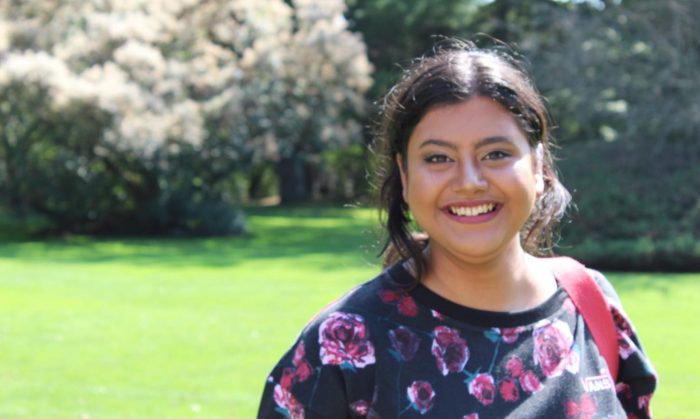
Journalism is not only news, it's global exposure.
Hello! My name is Trisha Kundu. I’m a journalist at MediaPlex News, Windsor. My blogs include my current work as a community reporter as well as my previous learnings from Durham College at Oshawa, Ontario.


Windsor has become the home of a business which combines manufacturing watches based on the Rumrunner’s history. A local entrepreneur started making watches 10 months ago being inspired by the Prohibition era.
The Rumrunners distilled and distributed illegal alcohol across the borders of Detroit and Windsor during the Prohibition period of the 1920s. They would devise meticulous plans in transporting these spirits either using boats or driving cars when the river froze.
Jonathan Van Lare collected more than 20 watches over the last couple of years but never found one that combined quality, reasonable price and a unique story behind it. What intrigued him was how he could merge the Rumrunners’ story into his watches.
“It was interesting that we as Ontarians banned the consumption of alcohol, but we never banned the production of the alcohol…I decided to combine that with my watch designs,” said Van Lare.
Border City Style has an app that people can scan on the watches and an automatic electronic voice will start telling the story of Prohibition. He said the first watch design is called The Rum Runner and is dedicated to the local heroes who continued supplying alcohol during that period.
The watch features stainless steel, a silver dial with a touch of sapphire crystal, reflective coating underneath and a unique mechanism.
“The bottom of the dial represents Windsor. The top of the dial represents Detroit and the middle of the watch, with an open skeleton mechanism, actually represents the Detroit river,” said Van Lare.
The watch also has another interesting feature. It has a 41-hour power reserve which does not require changing batteries and charges itself with kinetic motion. Since the watch is an automated timepiece it can be powered by moving and winding it.
Although pocket and wrist watches have been made in the past which feature a self-winding mechanism, the unique storytelling technique is a special addition to these watches.
Van Lare took The Rum Runners Tour in Windsor and that is when the idea struck him to blend the story with a watch. This in turn made Mark Baker, owner of The Rum Runners Tour, shed light upon the significance of Windsor’s history in inspiring people.
“I’m very proud of the fact that we’ve enlightened people with this story and what an important part of our history is and for someone like that to take it even further now to develop it into something else,” said Baker.
Van Lare’s watches are sold online for $416 and buyers can get a discount of 25 per cent if they sign up for his newsletter currently. The business is primarily an e-business, but he would like to open a store in Windsor in the future.
“I would love to set up maybe in the Walkerville area, that was one of the hubs in the Prohibition era,” said Van Lare.
The store would be in the area where alcohol was sold illegally in the basements of Rumrunners also known as speakeasys. The name speakeasys was used by illegal bar owners to prevent attention of police officers by speaking loudly. Van Lare said people can come into the store and browse the designs while sipping on a glass of wine or whiskey, said Van Lare.
“I like the idea because it’s very innovative…because it attracts the people towards their culture and their history,” said Shekhar Shekhar, an international student in Windsor.
Van Lare wants to bring a project to Windsor that is similar to the Shinola of Detroit, which was based on the history of Shinola Shoe Polish which was founded in 1877 in Rochester, New York. He is presently working on his second design which he plans to launch at Christmas based on the history of the Walkerville area.
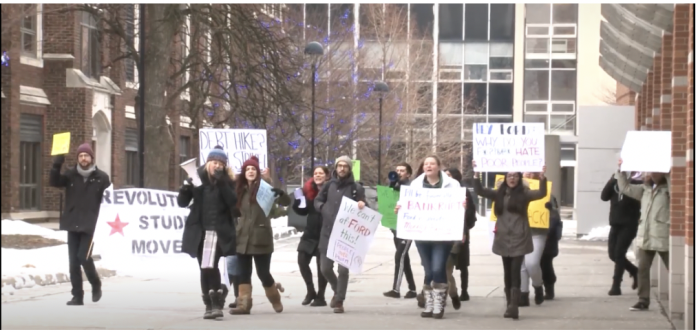
University and college students in Windsor say they worry about changes to OSAP (Ontario Students Assistance Program), that could lead to possible struggles in debt payment.
The proposed tuition changes will also eliminate free tuition for low-income students and families earning less than $50,000 per year will only qualify for a portion of the funding which they will receive as a loan.
University of Windsor students and graduates held a rally on Thurs. Jan. 24, protesting changes to the provincial program that makes it easier for students to afford post-secondary education.
“We are outraged that he (Doug Ford’s government) has decided that it is not worth it to fund our education. We are outraged that he is cutting the budgets of universities across the province by an overall four per cent which here in Windsor means a $10 million cut to our institutional funding,” said one of the organizers of the rally, Angela Zhu.
The recent announcement made by the Ford government has received widespread criticism for making policies favouring affluent students. Activist Bree Arbor said she is supporting and attending the rally on behalf of all those students who drop out of universities because they cannot afford it.
“Our long-term goals are not just to overcome these recent cuts to OSAP but to actually advocate for a totally free education and a more democratic university,” said Arbor.
Merrilee Fullerton, minister of training, colleges and universities announced on Thurs. Jan. 17 that the average domestic college student will be saving $340 per year and university undergraduates will be saving between $600 to $1,000 for the 2019-20 academic year.
However, colleges and universities will have to decide in terms what they need to do to change, adapt and innovate to cope with the recent cut, said Fullerton.
The 10 per cent tuition cut would take about $360 million away from universities and $80 million from colleges.
St. Clair College will be losing over $3 million as a part of their revenue collected from student tuition, said vice-president of College Communications and Community Relations, John Fairley.
“What we are more worried about is the selection of what students want to pick and choose from our student governments, whether it’s the SRC which is our Student Representative Council here in Windsor and downtown Windsor campus or TSI which is the corporate student government in our Chatham campus. So, we are worried because a lot of the things they do is a part of the student experience,” said Fairley.
Fullerton also announced on Thursday, that students can choose which organizations their tuition fee will go towards, with the exception of health, sports and safety programs.
St. Clair College student Tori Roovers said if SRC is not getting the coverage it deserves from the provincial government, then it will be very tricky for students to enjoy proper representation and college experience.
“It’s frustrating to say the least. It’s very frustrating, but right now what can you do except to roll with the punches,” said Roovers.
The entire Salt Lake Stadium slowly came into view as I entered through one of its colossal gates, the crowd was cheering the name of one of FC Barcelona’s finest soccer players- “Messi! Messi!” In other words, the moment was surreal.
Lionel Messi Visits Kolkata, India
However, what I didn’t notice in 2011 is something I have to keep in mind from now on. Sports reporters think outside the game. The reporters not only reported about Messi but also about the sports association who arranged the program, their business, sponsors, the reaction of the audience and many more.
In our Reporting class on Feb. 6, we had Brian Legree, Professor and Program Co-ordinator of Journalism-Mass Media at Durham College and Editor-in-Chief of The Chronicle, as our guest speaker. Legree gave us a detailed introduction to the sports world.
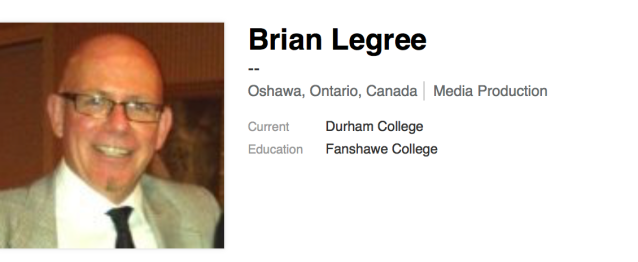
Players are people. The readers or viewers resonates with players. Their passion and dedication for the game attracts people to the sport. A good reporter has to capture the feeling.
Reporters who can understand the voice of the readers will know how to capture the voice of the players. The Players Tribune provides an essential link between the players and the sports they play, something which is crucial. One such example is: Korean war veterans return for Winter Olympics.
Coaches and team players are prepared for interviews and press conferences, therefore, their answers are almost similar and boring. A sports reporter delves deeper to find a good and interesting quote. Football Scoop list a humorous collection of cliched quotes used by coaches in football. A good reporter must be aware of not including such quotes in their news report.
A game is organised by an association who makes the big calls. Whether it includes hiring a new coach or spending millions of dollars to hire a star player, business deals are made every day to run a sports organisation.
A good reporter tracks and decipher these business deals. There’s almost always a pattern or consequence of these decisions. The question “who’s paying for it?” must be asked.
Every sports story has a different angle. When a reporter covers a sports story they have to “lookout for themes.” A good example of this is when NFL players kneeled down during national anthem.
The theme here was what the players did and what led to their actions? Apparently they were protesting against police brutality. Once the theme is identified, it’s easier to pen it down.
There’s a tendency to report about male athletes. However, this view has changed now. Female athletes are important too. There’s players like Saina Nehwal, Lisa Leslie, Missy Franklin and many more who are changing the business of sports and are therefore newsworthy.
Digital era has led to the availability of scores as the game is being played. There are charts and graphs to provide scores in detail. These usually accompany a sports story.
Therefore, reporters should provide score details in a single sentence.

A good sports reporter is willing to work on weekends and night shifts. They consider their “vocation” as “vacation”, something which requires commitment.
A sports story thrives on timeliness. Deadlines are important and it’s crucial to pitch in a story before missing the deadline.
“Don’t be a Homer,” said Brian Legree.
A fan will never make a good reporter, why? Because emotions will stop them from asking the hard questions. Having a neutral perspective during a game is imperative to avoid biased inferences.
Welcome to our second semester of Journalism and Mass Media program at Durham College. This semester we have to make a practical application of our skills and hence the role of a reporter begins.
In our Reporting class, on Jan. 30, taught by Danielle Harder, we had Durham College graduate and reporter Katrina Owens as our guest speaker. Owens graduated in June 2015 with a three-year advanced diploma in journalism.
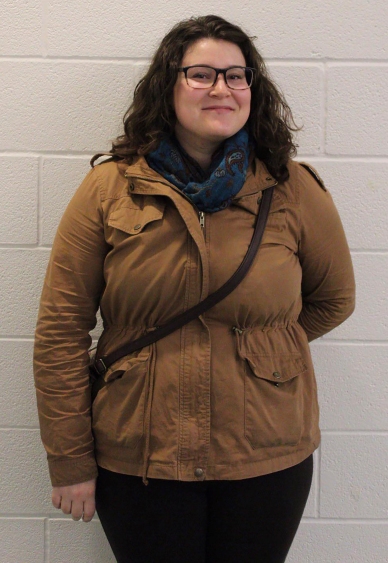
What is reporting? I’ve learnt there’s no particular definition of the job. “It’s different everyday,” said Katrina Owens.
However, as an aspiring journalist it was truly fascinating to listen to Owens and her journey as a journalist. She worked at The Lakeside Leader in Slave Lake, AB, for two years as a reporter, before getting hired by the Kawartha Weekly in Lindsay, ON.
Owens also worked in the U.K. for B-Style magazine.
There’s a conception of reporters being extroverts from the beginning. But there are journalists such as Owens herself who preferred “something really away from people.”
Although each reporter has their own style of covering stories, there are certain rules to follow. First, they have to learn how to cover general assignment stories. What are these stories or, as we call it in the industry, beats?
“The editor may hand out assignments, but it is the reporter’s job to come up with a story. And if a single unifying thought cover all these basic assignments, it is that each should be treated as news, requiring the full exercise of journalistic judgement and skills.”
-An extract from Covering General Assignments in The Canadian Reporter, Third Edition.
While working at The Lakeside Leader, Owens covered stories about Indigenous Peoples, community features, court proceedings, candidate profiles, fundraiser events and many more.
“You have to be able to create your own…Mostly you have to be on your own toes,” said Owens.
Owens said something truly groundbreaking. She said one must never be too scared or nervous to ask questions. “What’s the worse they can say? No.”
This inspired me so much. As an introvert myself it takes up a lot of courage to ask questions. As our professor, Danielle Harder, would say, we are in a “business of asking questions.”
In covering stories, one must keep in mind the following six essentials:
These five W’s and one H constitute a news story. One of the major adjustment one has to make while working in a newsroom is maintaining “consistencies of the story.”
As a reporter at Kawartha Weekly, a bi-weekly newspaper, Owens mainly cover beats related to emergency services.
Lock it or lose it by Katrina Owens
Owens also gave practical advice about what to do in class:
Three things I’ve learnt from this class are:
Owens said “getting a perspective from both sides” is imperative in journalism. This is a method of objectivity and reasoning.
“Balance is a huge portion of artful writing.”
-Katrina Owens
In our Global Class for week thirteen, which was our last class for the first semester, we were assigned in groups to provide presentations on various corporations such as Medium, Torstar, Bell, Shaw, Vice Media, Rogers, Postmedia and Transcontinental.
My group included Janis Williams, Mikayla Freeman, Keisha Slemensky, Morgan Kelly and we made a Powtoon presentation on Medium.
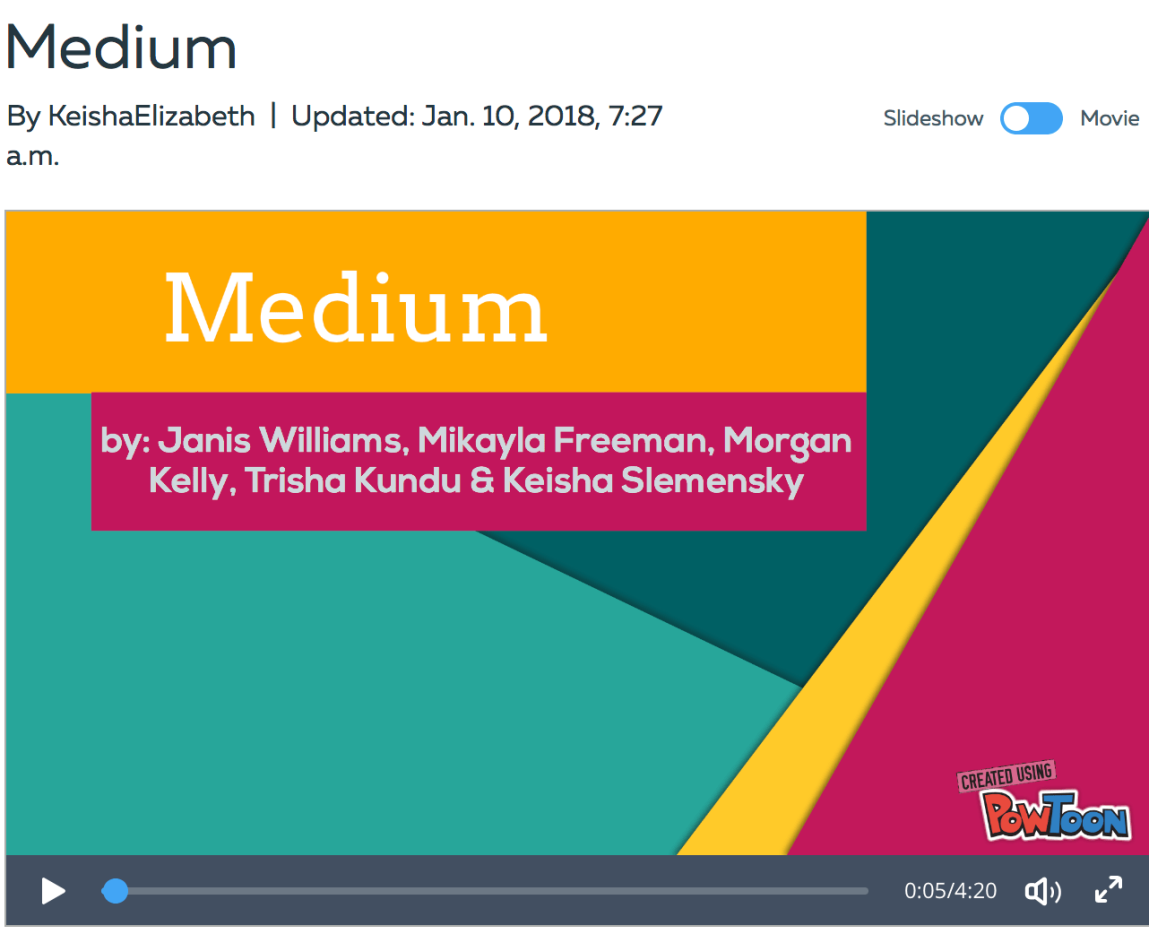
One thing I’ve learned from this assignment is how to make presentations look professional and informative. So, for my Literature class at Durham College we were instructed to make a presentation on a story that we haven’t learned in class.
Literature is my favourite subject. As I’ve mentioned in my previous blog, The Rhythm Of Words, literature enables me to pursue my passion which is reading.
However, there are certain elements which composes a story. These are:
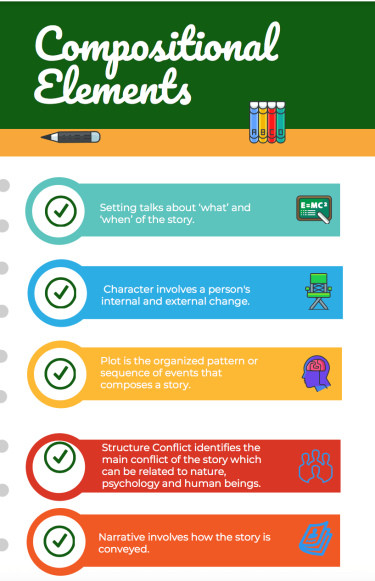
These five elements form the rudimentary aspect of a story. They define the structure of a story. Have you ever watched a movie and wondered how does the plot work?
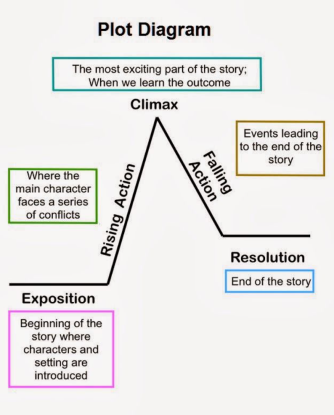
In our Literature class, we have Padlets where we post about our favourite character, plot and story setting. It’s a participative forum for students to provide an insight to their preferable stories and character.
For the final presentation, I chose to create a Powtoon presentation on a classic tragedy by William Shakespeare- Macbeth.
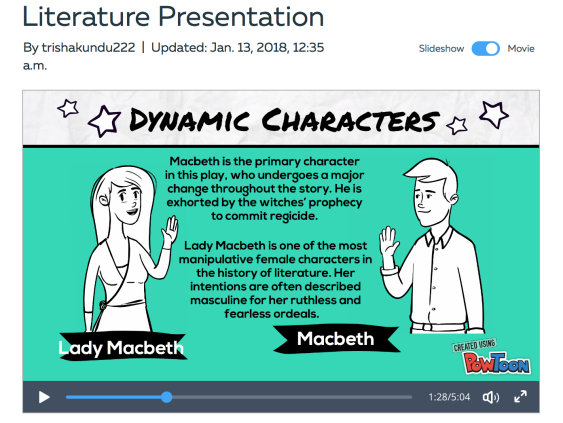
This presentation also requires extensive research which reflects how skills can be useful for diverse fields. As a prospective journalist and a literature addict research is imperative to me.
For this assignment, I was very pleased to realize how work can be interrelated. While making this presentation I was able to play around with different layouts and designs.
How to create a Powtoon presentation
This semester was quite eventful for me. Coming from a different country I was initially concerned about my capability to cope with the Canadian education system.
My worries vanished within a month into the program. I learned the essentials of journalism, literature and photography at Durham College with great ease and comfort.
I’m truly grateful to have such dedicated and hard-working professors like Danielle Harder (Professor of Intro to News Writing), Teresa Goff ( Professor of Global Class and Writing for Broadcast I), Kenyon Wallace (Professor of Interviewing and Research), Christopher Cornish (Professor of Literature) and Daniel Williams (Professor of Visual Media I).
The most fascinating aspect of journalism and media studies is their diversity. With proper knowledge and expertise, a journalist can also pursue a different career such as public relations.
What is public relations? It’s a strategic management of relationships between an organization and its publics.

For prospective journalists, public relations might not be their first preference. Yet one must not be so quick to judge.
Jacquie Hoornweg, Communication Professional, and Jeff Gaulin, VP, Communications at Canadian Association of Petroleum Producers, attended our Global Class on Jan. 3, 2018.
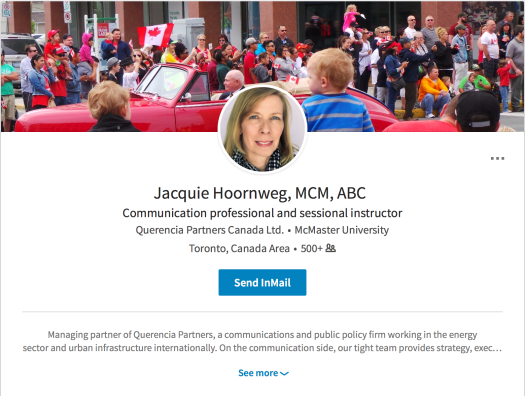

They were former journalists. So, it’s interesting to learn from the best.
Gaulin has his own website called GaulinMedia ,which provides employment in the journalism, media and communications industry.
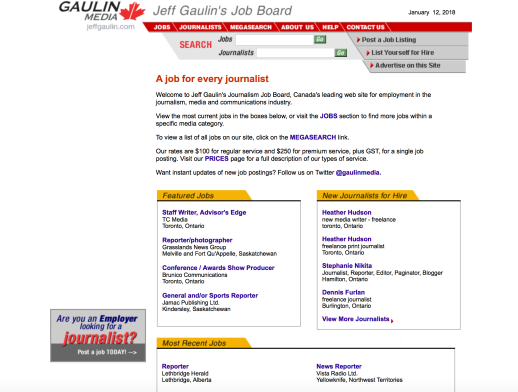
Hoornweg studied Advertising and Broadcasting at Seneca College and worked as a freelance reporter for Metroland Media, Oshawa. She covered stories about the ITER (International Thermonuclear Experimental Reactor) nuclear project which was proposed to be built in Clarington.
She eventually chose a different career and became the vice-president of Ontario Power Generation where she previously worked as a media relations manager.
She described public relations as a “two-way relationship” and emphasized on the need to research and understand our environment.
While talking about the aspects of journalism, I would like to draw attention to a term known as Brand Journalism. The term is somewhat caught between journalism and public relations.
Is that an ad or a news Story- The Globe and Mail
Brand Journalism is a subtle way of communicating a company’s product or service to the audience.
“As a communicator, you’re building a brand,” said Hoornweg.
So, the first question which puzzles us is that how is it objective? In journalism, I’ve always talked about the need to be fair, balanced and accurate. The question is to what extent is this rule applicable to public relations.
Jeff Gaulin and Jacquie Hoornweg have emphasized on the need to follow an “ethical code” in public relations.
We often find fundamental differences between journalism and public relations but it’s equally important to draw attention towards their similarity. In both professions, “contacts matter.”
However, the ratio of communication professionals to journalists is 4:1. This figure reflects the growth of public relations in Canada and also answer the question to why there seems to be a rift between the two industries.
4.1 PR professionals for every journalist in Canada
In the 2011 National Household Survey by Statistics Canada, the number of journalists from 2006 to 2011 have decreased by 0.3 per cent. While the population in Canada have increased by almost 4.5 per cent during the same period, journalism seems to have lagged behind.
Successful journalists never play it by the book. But learning the essentials guide us toward our desired goal.
In our Global Class, we were taught about the intricacies of journalism. Like any other professional it’s important to identify our own skills, role and even drawbacks.
What I’ve learnt as a journalist is that being fair, balanced and accurate is imperative. But is it enough?
As our first semester comes to an end, it becomes crucial to identify our role in this profession. Who are we as journalists?
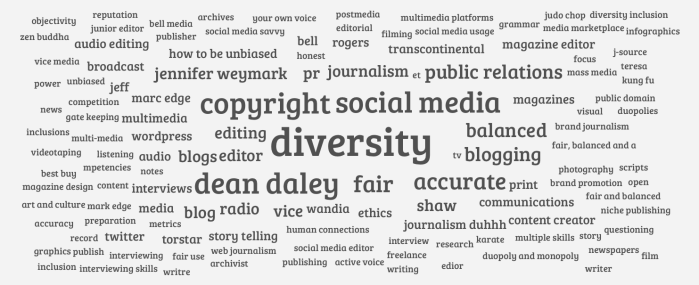
What fascinated me in this course is how we were urged to research our profession. In my previous blog about researching and interviewing, I’ve talked about the need to find out more.
Therefore, it’s equally important to research about media market, its impact and influence, its issues and its future operations.
With the advent of digital media, competition have forced corporations to incorporate new ideas. Facebook and Google are already dominating the digital media market, something described as Duopoly.
As Marc Edge, author of The News We Deserve, said, “buying and selling your competition used to be illegal, doesn’t seem to be anymore.”
So, keeping that in mind, I’ve learnt how tough the competition is. The pressure to produce new content and follow copyright rules can sometimes get overwhelming.
If one looks at how the industry works, it is noticeable how media corporations are laying-off their employees in order to suit their business model.
Therefore, one must think beyond the spectrum of journalism. Former journalists such as Jacquie Hoornweg and Jeff Gaulin are pursuing their career in public relations and are successful in their field.
So, one must step out of their comfort zone and be flexible enough to fit in the industry while retaining one’s personality and voice .
As an international student, the term ‘diversity’ has a different implication on my mind. I remember while writing my statement of purpose for Canadian immigration, I emphasized on ‘diversity’ as one of the primary reasons for my stay in the country.
In media, however, diversity is not so diverse. In our Global Class on Dec.6, 2017, we had guest speakers who are either editors, journalists or freelance writers.
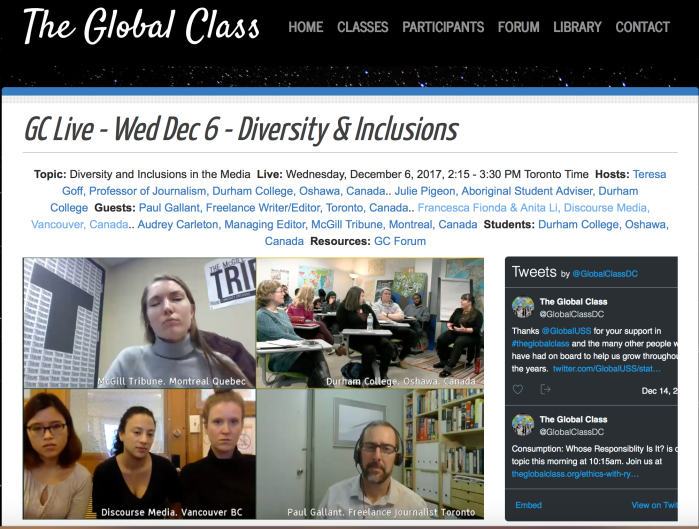
Paul Gallant, a Toronto-based writer and editor, provided an interesting perspective about diversity in media houses. As a former editor of ‘Extra’, which was a ‘lesbian bi-weekly’, he provided a lucid overview of the role of LGBT’s in media workplaces.
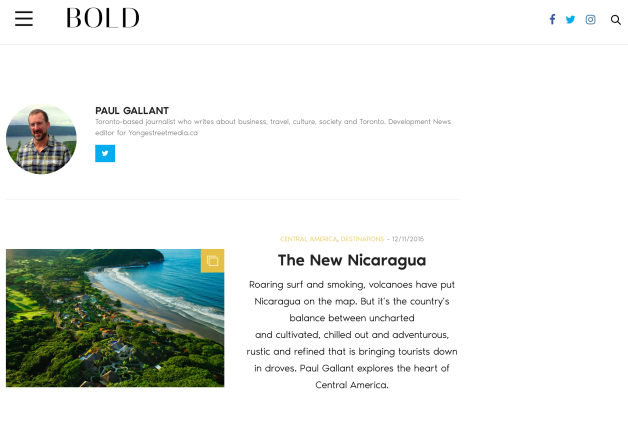
He wrote an article named ‘Black Lives Matter’. This article gave a voice to the unheard.
I was particularly moved by his article- Community Generosity. This piece speaks about the need to respect and recognize minorities.
http://inmagazine.ca/2017/06/community-generosity/
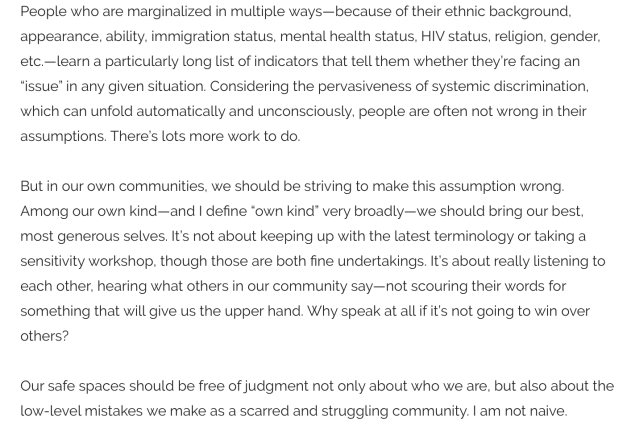
Gallant said it’s his curiosity which guides him to seek questions about other people. He looks past his own identity while writing such sensitive articles.
He now writes about travel, innovation, city building but his primary field of interest is social issues, especially LGBT issues.
While talking about diversity, I liked the conversation we had with one of our guest speakers, Julie Pigeon, Aboriginal Student Advisor at Durham College.
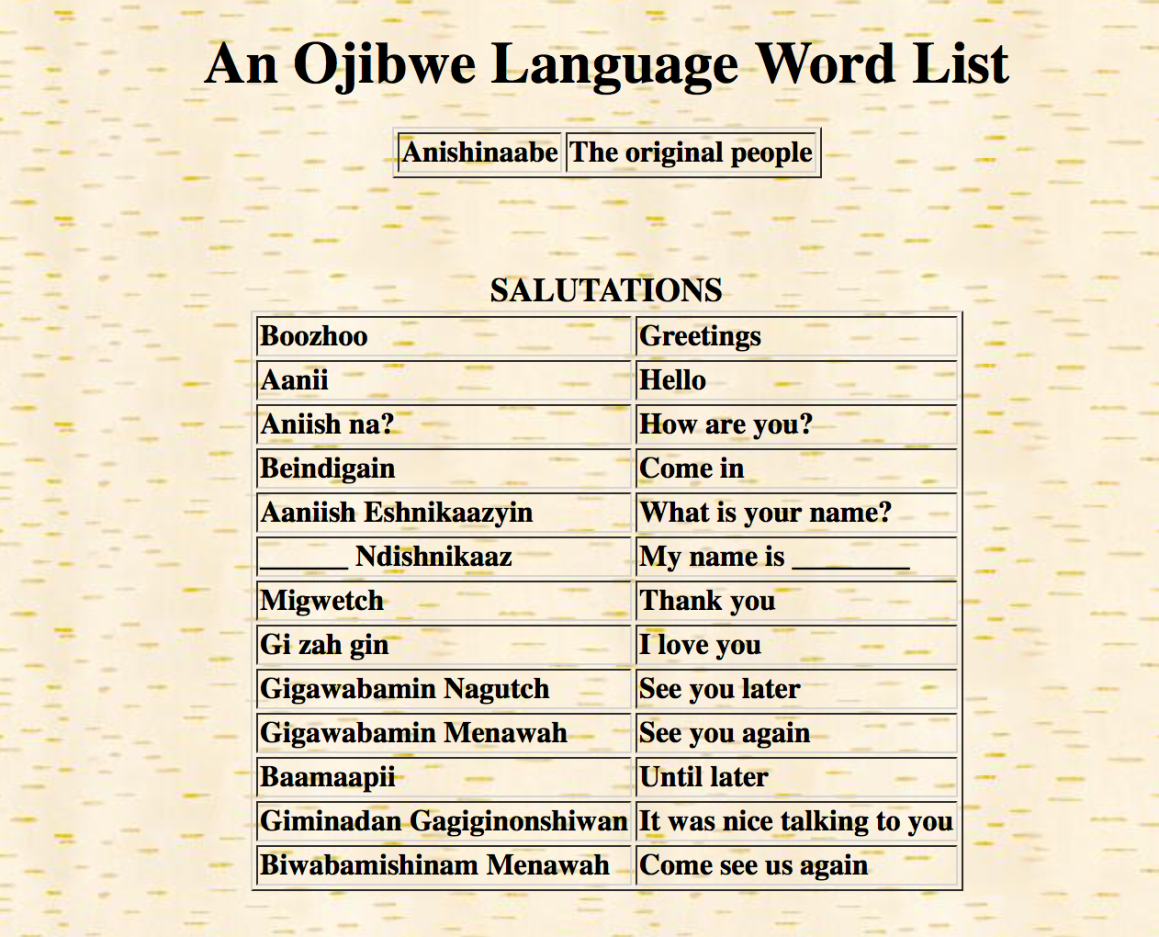
Pigeon works to support Indigenous students and provides them a ‘welcoming space that feels like home.’
It’s important to recognize and respect different communities. I come from a diverse nation that speaks 22 languages and has more than 18 tribal communities. So, diversity is a part of my culture.
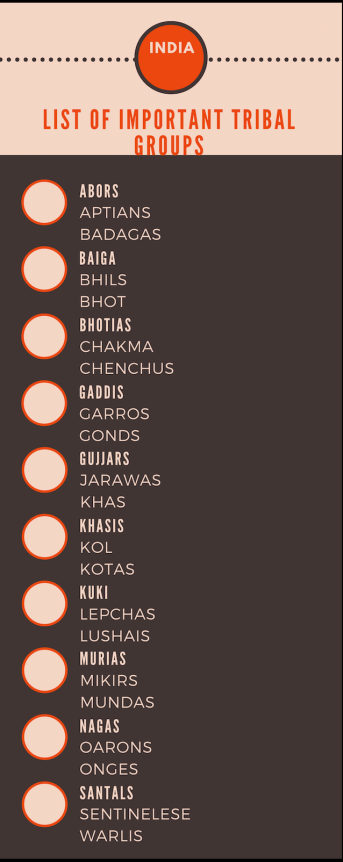
Anita Li, Media Innovation Editor at Discourse Media, talked about the lack of diversity in a newsroom from the perspective of gatekeeping.
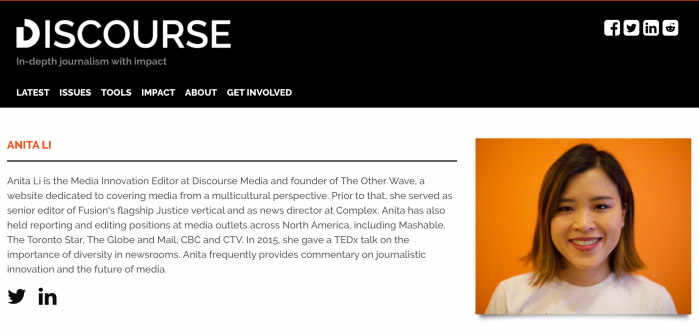
“The people who makes the decision like editors and top producers have historically been largely white males and straight,” said Li.
Discourse Media ‘engages and educates’ communities rather than promoting its newsletter and recruits people from different communities.
While talking about her own experience as an intern, Li said, “People didn’t see me for me. They just saw me as an Asian person.”
Emma Jones and Francesca Fionda, reporters at Discourse Media, investigated the ‘shadow population’. They studied the impact of work camps on First Nations communities. Their investigation revealed lack of housing and security for Indigenous people.
Shadow Population- Discourse Media

Another interesting study about discrimination by Legacy media was provided by Audrey Carleton, student of McGill University and Managing Editor at the McGill Tribune.
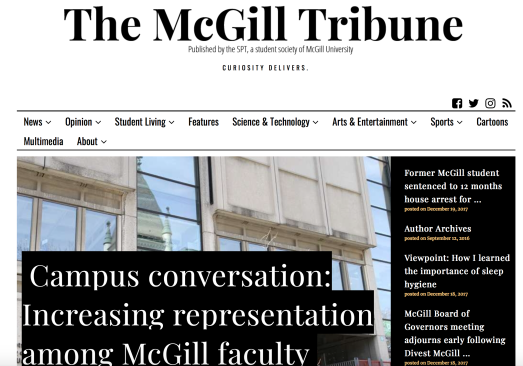
Carleton infirmed that campus newspapers are more diverse than Legacy media.
Composition of Editorial Boards

McGill University has incorporated a new equity, gender and violence policy in their curriculum.
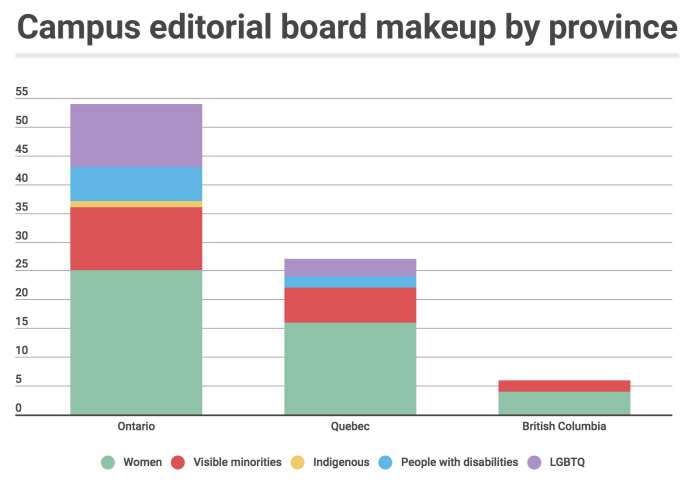
The following information by Statistics Canada reveals language use in Canadian workplaces.
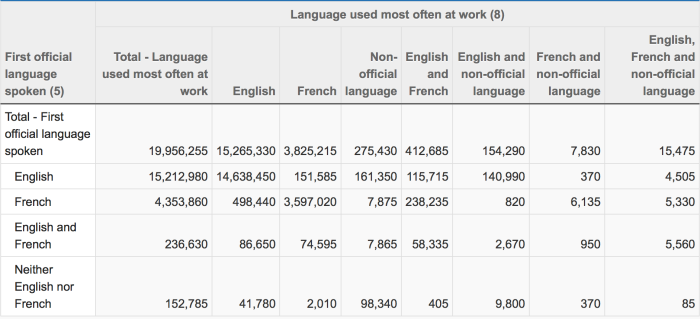
Change is an evident part of life. This applies to media more than ever. The change in media is making an impact on its structure as well as on its purpose.
I remember just about three years ago of how different my perspective was towards the conduct of media houses. As a student in high school I focused only on news but not on its production.
Whenever I think about Canadian media houses, my mind always makes an instant comparison with Indian media houses. However, speaking from a global perspective, I wonder is it at all different?
In our Global Class we came across a term called ‘Duopoly’. In today’s World, with the advent of technology, news is available online. As a matter of fact, news is preferred to be read online.
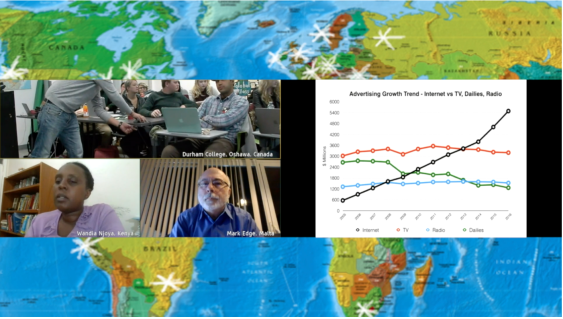
According to a report by The Shattered Mirror, 170 local newspapers have been shut down due to lack of advertising revenue.
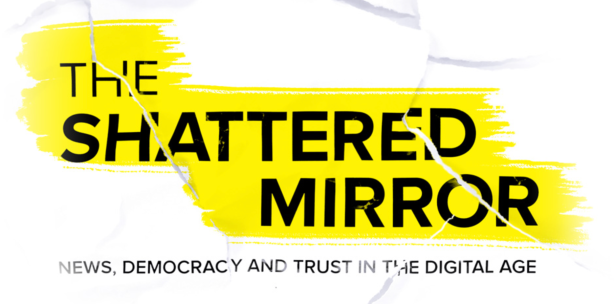 Marc Edge, Associate Professor of Media and Communication at the University of Malta, gave an interesting overview of how media houses handle competition.
Marc Edge, Associate Professor of Media and Communication at the University of Malta, gave an interesting overview of how media houses handle competition.
He said nearly 9 per cent of Canadians pay for online news. This figure is truly overwhelming considering the amount of news flow on internet.
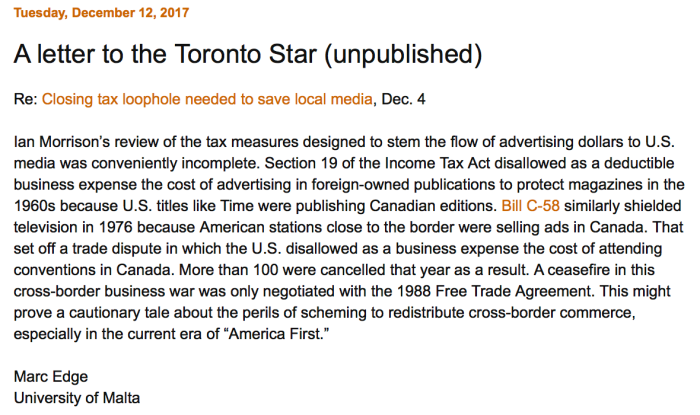
The far more interesting part is how social media companies such as Google and Facebook acquires 70 per cent of online advertisement revenue. This is called Duopoly.
News is more market-oriented now. Collaboration of big media houses to end rivalry has become a market trend.
Torstar and Postmedia swapped 41 newspapers and are closing most of them. This is done for the sake of economic efficiency. Similarly, in British Columbia, media houses have collaborated to end competition.
As I’ve said before, is this only happening in Canada? Obviously not. In India, media merging is a general and commonly accepted term. Major media organizations such as The Times group is relying on collaboration for monopoly.
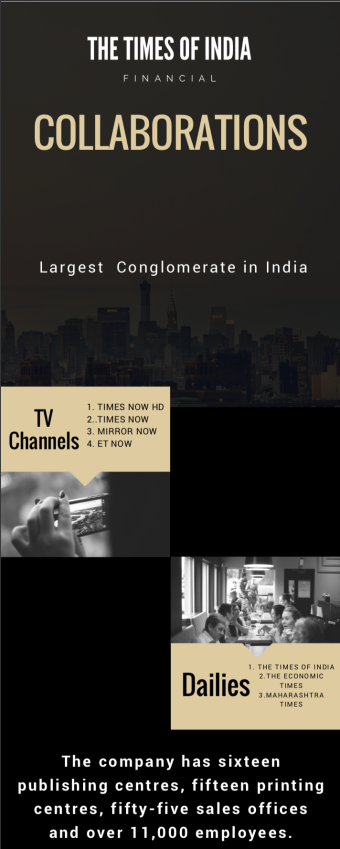
Times is the largest media conglomerate in India and has the highest circulation of English newspapers in the country. It collaborated with Reuters in 2006 and launched its news channel named Times Now.
So, monopoly has its roots around the globe.
“Buying and selling your competition used to be illegal, doesn’t seem to be anymore,” said Marc Edge.
Newspapers have suffered a major loss in revenue compared to television and radio.

Wandia Njoya, professor at Daystar University, Kenya, provided a similar explanation of Kenya’s news industry. In Kenya news is mainly circulated through radio stations.
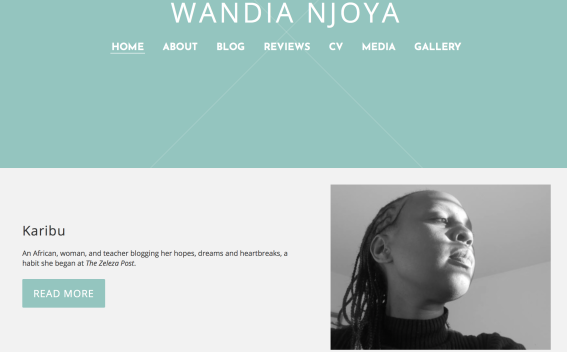
Therefore, the problem lies in verifying the source’s credibility. Who produces the news? Fake news is a nightmare for readers, listeners and viewers. But it also affects media in terms of its authenticity.
“Good journalism doesn’t come from big businesses,” said Wandia Njoya.
Whether it’s India, Canada or Kenya, social media is a ‘wonderful tool to spread ideas.’ However, it can be dangerous too if it’s not filtered and checked.
Beauty lies in the eyes of the beholder- I have never come across a phrase that explained photography so well. Whether landscapes, human portraits or indoor pictures, each picture we capture conveys a story.
The Visual Media class of Durham College is a course which encompasses all elements of photography. The course is particularly interesting because along with technical aspects of photography, we also learn its aesthetic value.
The most interesting fact about this course is that it lets us capture our moments. By using proper techniques, it lets us capture the moments or memories we want.
I remember the first day I walked into my photography class. I had no prior experience in photography except a few hideous pictures I took of coconut trees and swings near my home in India.
There are some basic compositional methods that can be helpful for beginners. Some of these are:
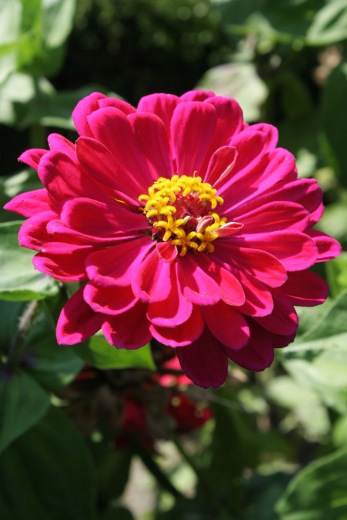
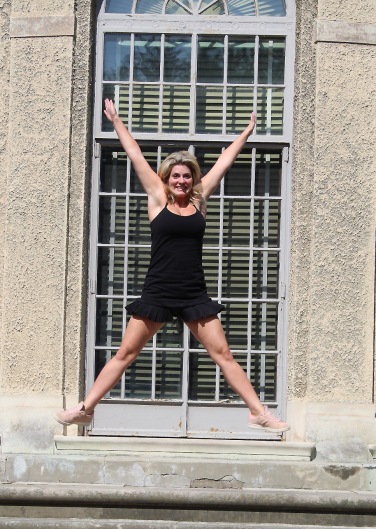
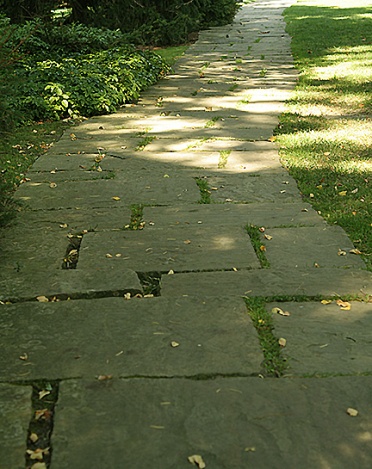
These techniques provide a basic guide. Although there are no binding rules in creativity, these guidelines can work wonders for beginners, like me.
However, it can get tricky while working with a DSLR. One thing I’ve learned in photography is proper exposure.
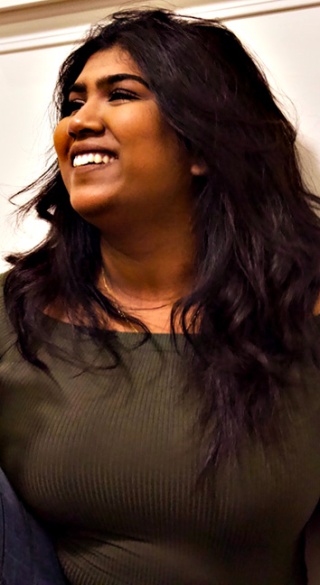
Before I took this course, I used to wonder what does ISO stands for. In case you are confused what does the small button on top right side of a camera does, it controls the amount of exposure in a picture.
Aperture is another function in photography which controls the amount of light travelling. I used to wonder what does light travelling in a picture has to do with focus.
Depth of field controls how we focus the camera on our subject. If we want to focus on our subject while getting rid of the background, we choose shallow depth of field.
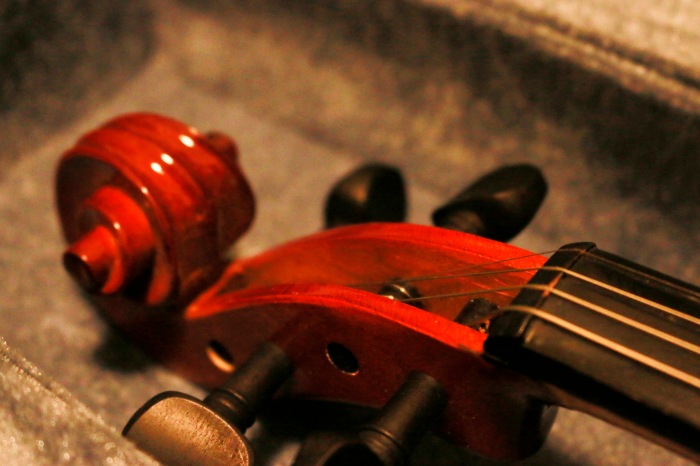
When these elements are combined they represent a given exposure value for a given setting.
https://www.iheartnaptime.net/the-exposure-triangle/
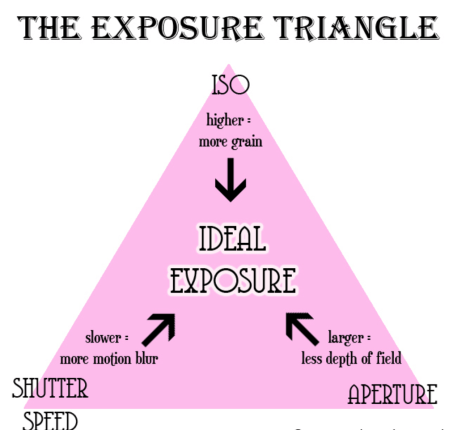
Another fun fact about photography is shutter speed. I used to wonder how does a picture of a running athlete is captured. I learned in this class how shutter speed is measured in fraction of a second.
In order to capture a moving car while blurring the background, we choose a fast shutter speed of 1/120 or higher, depending on the speed of the car.

There are different modes on a DSLR such as AV, TV, Manual, Auto and many more. Each mode plays a special function. AV stands for Aperture Priority, which helps us change the aperture (f-stop) and the ISO.
TV stands for shutter priority mode which helps to choose a shutter speed setting. Manual mode allows us to change different elements to our own preference. Auto mode allows the camera to choose its setting according to the subject.
I have learned in this course that creativity coupled with techniques can produce wonders.